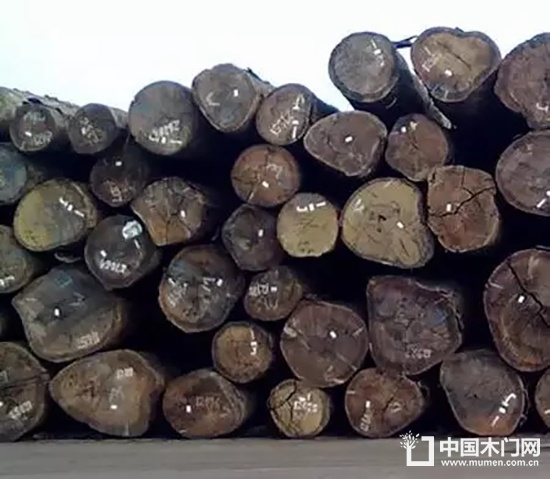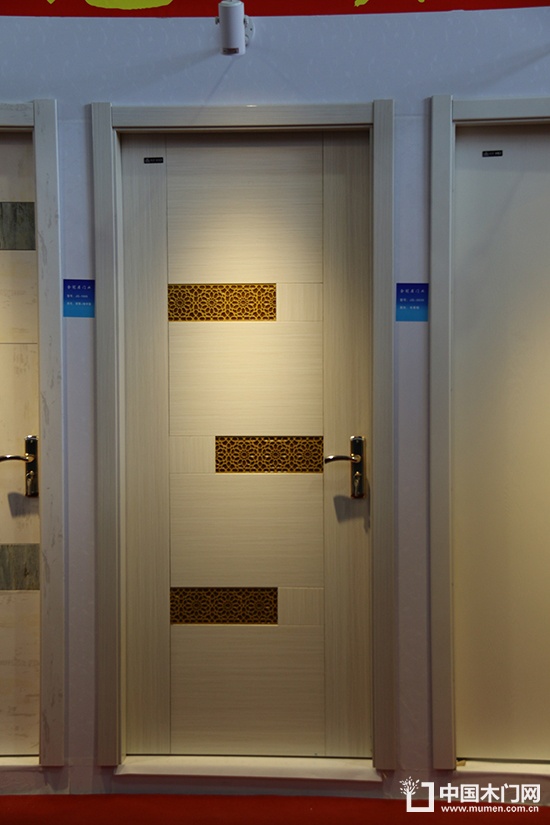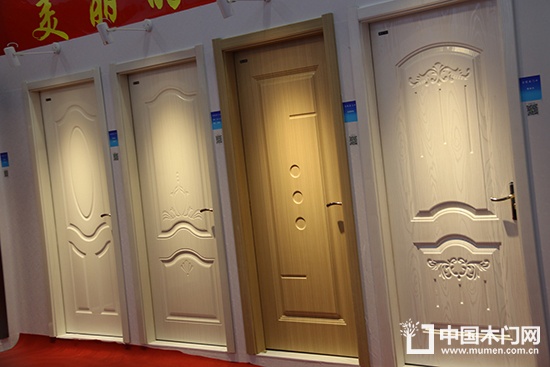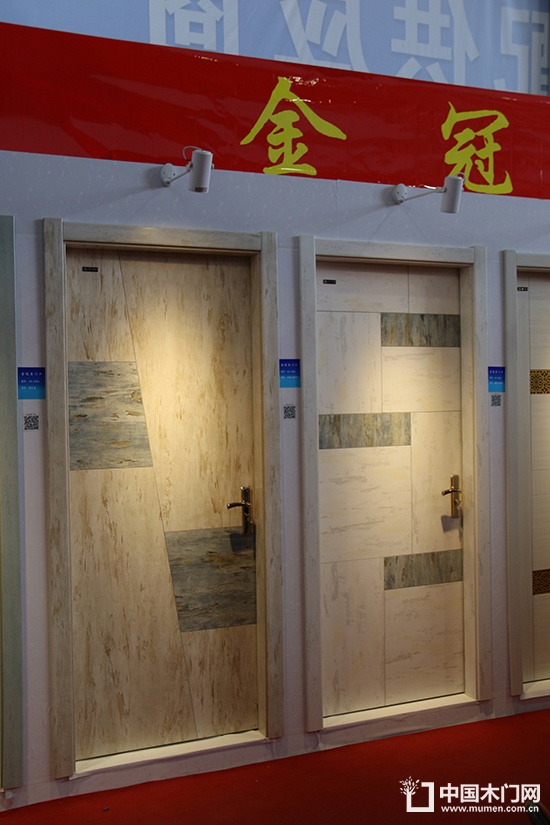Substrate selection for multilayer boards
People often say that stability is overwhelming! The same stability is also an important criterion for the selection of substrates for multi-layer boards. The most popular on the market today are the willow tree species and poplar trees. To ensure the stability of the substrate, not only the quality of the material, but also whether it is the same tree species, the degree of shrinkage and rhythm of the substrate of the same tree species is consistent, so that it is not easy to cause local deformation.

The veneered wood is made up of natural solid wood and artificial thin wood. Natural solid wood veneer is usually a thin wood chip with a thickness of 0.1-3 mm. There are 3 kinds of preparation methods, such as planing thin wood obtained by planing; rotary wood cutting by rotary cutting; sawing by sawing Made of thin wood.
Planed thin wood: the texture is arranged in order, the color is uniform, the surface crack is small, and it is easy to splicing. Mostly used for the outside of medium and high-end furniture. If the planed wood is too thick, warpage and cracking will occur; if it is too thin, the glue will be easily formed when it is applied, which will affect the paint finishing effect. Commonly used tree species include ash, eucalyptus, nanmu, and eucalyptus.

Rotating thin wood: the texture is chordwise, the pattern is thick, and the surface crack is large. Good quality can also be used on the outer surface of furniture, and poor quality for the core layer.
Sawned wood: rough surface, no cracks, can get a more beautiful texture. However, the sawing loss is larger than the thin wood itself, and it is rarely used except for special needs.
In the family of thin wood, there is also a new member, artificial thin wood, which is made by arranging several kinds of spinning thin woods with a certain amount of chromatic layering, and then making it, usually it is made of precious teak. Object.
Multilayer board veneer veneer process pain point
Translucent and warpage deformation have always been a headache in the multi-layer veneer veneer process. The penetration of glue will directly affect the visual effect of the veneer, which will have a negative impact on the finishing of the furniture, resulting in unsightly; warping The deformation will affect the performance of the veneer furniture, and the repeated fine shrinkage and swelling of the wood may cause the paint film of the facing furniture to crack. Translucent and warpage are like two big mountains in the multi-layer veneer veneer process. How to conquer these two mountains?

Control the amount of glue applied
There are two most important factors affecting the penetration rate, the unit pressure and the amount of glue applied. The larger the amount of glue applied, the greater the moisture content, the greater the penetration rate of the veneer layer, and it is not easy to apply evenly. If the adhesive layer is under excessive pressure, not only will the glue be squeezed out, but it will also be more likely to appear. At the same time, the increase of moisture will also cause the expansion of the wood, increase the possibility of deformation of the product, and increase the warpage of the veneer. Therefore, controlling the amount of glue applied to the substrate is the key to eliminating the penetration and reducing the warpage of the veneer.
Master unit pressure
The most important factor affecting the warpage is the unit pressure. The unit pressure should be controlled within a certain range. If the pressure is too large, the penetration rate will increase, and the product will be deformed, warped, and compressed. In addition, if the pressure is too large, the wood will be compressed too much. After pressure relief, The elastic recovery of wood is large, which is not conducive to the improvement of product dimensional stability. Within a reasonable range, the smaller the pressure, the less likely it is to penetrate the glue, but it should not be too small, otherwise it will not function as a hot press.
Add appropriate amount of additives
The additive can increase the solid resin content and reduce the relative content of moisture, which not only saves the rubber compound, but also prevents the occurrence of the rubber penetration phenomenon and increases the dimensional stability of the product. However, it should be noted that the additive is not as good as possible. It should be strictly controlled. Because the additive is added too much, it will not only reduce the active period of the glue, reduce the bonding strength, but also be difficult to handle or unevenly applied when applying glue. You should master the degree, otherwise you will be too late.

Control hot pressing temperature and time
The effect of temperature increase on the penetration rate is not obvious. However, the increase in temperature and the prolongation of time have a greater impact on the warpage. When the temperature is constant, the time is prolonged, and the water evaporated by heating increases; if the hot pressing temperature is increased, the evaporation amount of water will increase in a certain period of time; the heating temperature is increased, and the curing time and hot pressing time of the adhesive layer can be shortened. .
Document.body.oncopy = function () { setTimeout( function () { var text = clipboardData.getData("text"); if (text) { text = text + " This article comes from China Wooden Door Network, China's well-known wooden door industry portal Website! (http://) Detailed reference: "+location.href; clipboardData.setData("text", text); } }, 100) }Operation Connecting Stretcher
Hospital Stretcher,Operation Connecting Stretcher,Medical Operation Connecting Stretcher,Hospital Operation Connecting Stretcher
Jiangmen Jia Mei Medical Products Co.,Ltd. , https://www.jmmedicalsupplier.com